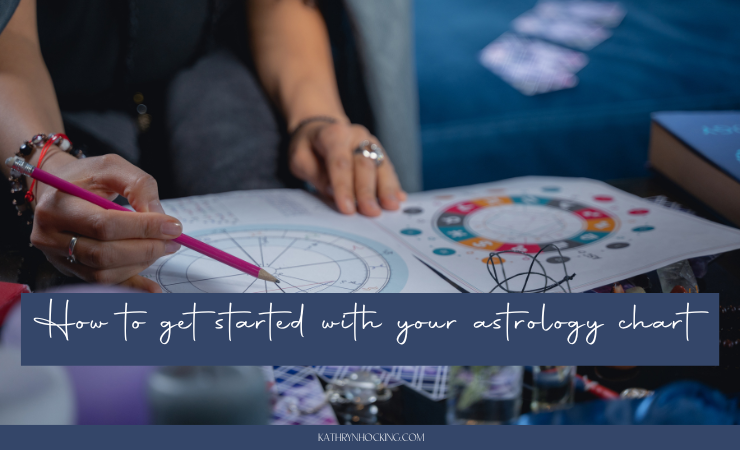
If I was to hand you an astrology chart and ask you to read it then you’d probably take one look before starting to feel overwhelmed. I remember the first time I was given my astrology chart and I felt so confused. But after having my astrology chart explained to me by an astrologer and then learning how to read astrology charts professionally, I realised that it wasn’t as scary as it seems. So let’s dive into how to read an astrology chart.
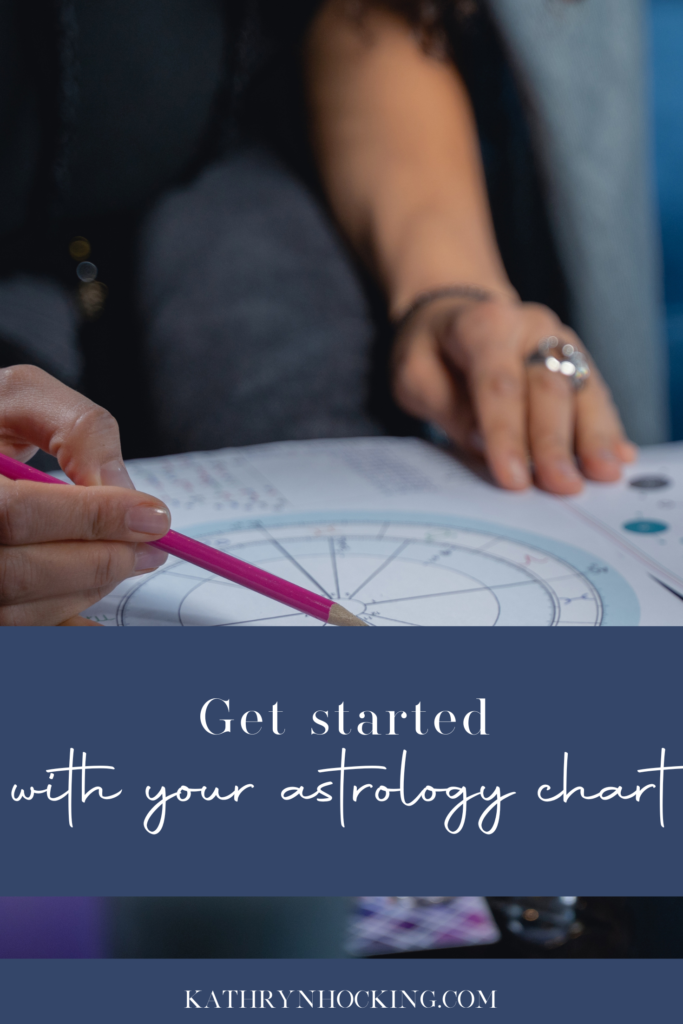
When reading an astrology chart, there is so much to look at. After all, your astrology chart is a map of the sun, moon, and all of the planets at your time of birth. But there are some key parts to look at when you’re reading your astrology chart and knowing where to get started makes a huge difference. So here is an astrology chart reading guide for you!
How to Read an Astrology Chart: Keep it simple

Perhaps you’ve already had an astrology chart provided to you? Or maybe you are creating your own astrology chart from scratch? If this is the case then you are in good hands with heaps of websites to support you.
You can create your chart here.
Different websites come with a range of functions and abilities. Some might ask you for basic details while others might give you a tonne of options about the type of information you want to include in your astrology chart. As you get more advanced at reading an astrology chart, you can absolutely make the most out of these options. But when you’re starting out, my biggest tip is to keep it simple!
You definitely don’t need to run a chart with extra elements like asteroids, Chiron and minor aspects. After all, the main areas you want to focus on are your sun, your moon, and your rising sign (which we’ll talk about next) and you don’t need a fancy astrology chart to do that!
Start with your sun, your moon, and your rising sign

Once you’ve created your astrology chart then you’ll want to start reading it. And the best place to start is by identifying where your sun, your moon, and your rising sign are placed on the chart!
It’s likely that you’ll already know your sun sign (or what lots of people call your star sign) so it’s best to start with that. Once you find your sun sign, take note of which house it’s sitting in as this represents the area where you’re destined to shine (keep reading for more information about understanding your house).
Once you’ve found your sun sign, try to identify where the moon is sitting in your chart. Once again, you will want to take note of the zodiac sign and the house that it’s sitting in. This provides information on how you can be nurtured.
Finally, you will want to find your rising sign (or ascendant). This is the sign that was rising over the eastern horizon when you were born. The rising sign is particularly important in astrology and often represents the way that you appear to the outside world.
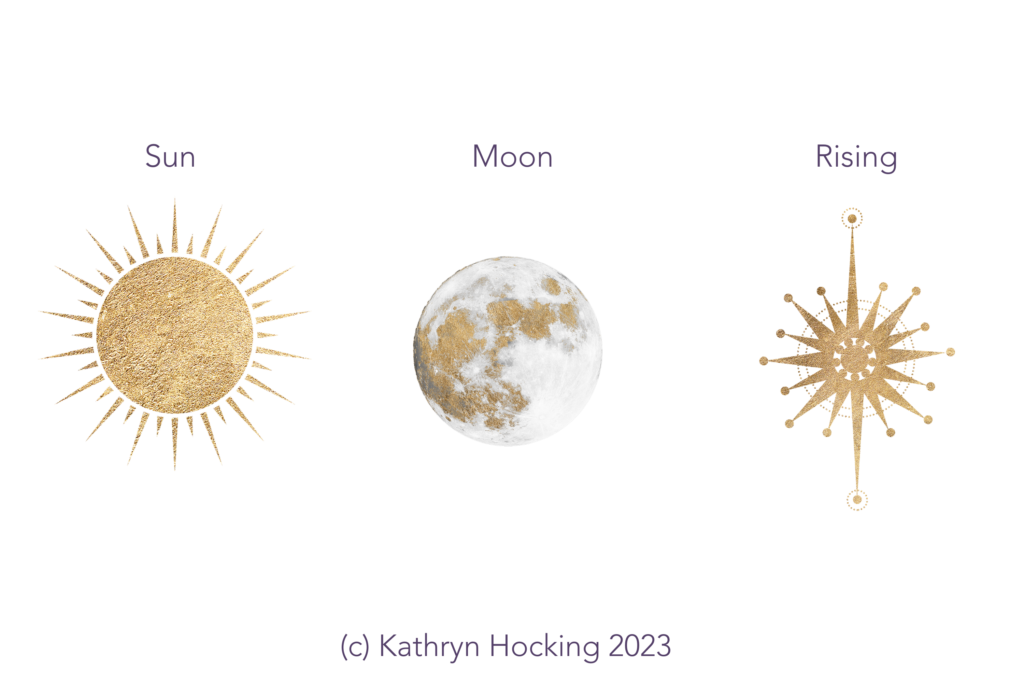
Need more information on finding your sun, moon, and rising sign? Join my free LIVE Astrology Basics Training.
Putting it together

Once you’ve identified the signs, the planets, and the houses then it’s time to put them together so that you can interpret the information. There are lots of ways that you can do this but I like to think of it in terms of the what, the how, and the where.
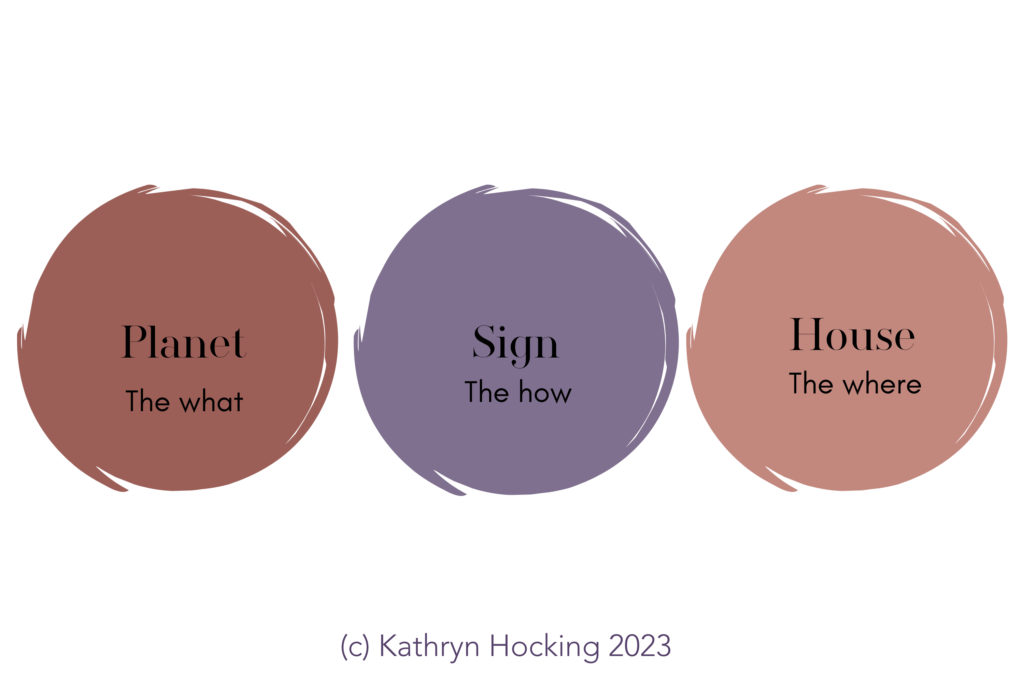
The planet is ‘the what’ when it comes to reading an astrology chart. For example, Mars is all about how you take action and show bravery. The sun and the moon can also be viewed as planets in your astrology chart. As mentioned before, the sun is all about ‘shining’ while the moon is all about ‘nurturing’. So when you’re interpreting your astrology chart, the planet always indicates what is being highlighted.
The zodiac sign is ‘the how’ when it comes to reading an astrology chart. So when looking at the zodiac signs, you’ll want to focus on the description of the zodiac sign as well as the element (air, water, fire, earth) of the sign. For example, when I first learned how to read my astrology chart, I realised that my Mars was in Capricorn. This means that I am disciplined and hard-working (characteristics of Capricorn) when it comes to taking action (characteristics of Mars).
Finally, the houses represent ‘the where’ in your astrology chart. This is the specific aspect of your life that is most affected by the placement of the planets and zodiac signs. For example, my Mars is in my first house of home. I like to think of this as reflecting my ability to be focused and disciplined working from home.
Once you’ve identified your sun sign, moon sign, and rising sign on your astrology chart (including the zodiac signs and the house they’re sitting in) then you might like to move on to identifying the other planets.
I recommend beginning with:
- Mars (how you take action and can be brave)
- Saturn (where you need structure and discipline)
- Jupiter (where you will find success, luck, and expansion)
These are planets that are often highly significant when it comes to reading an astrology chart.
Look for Planets near the angles
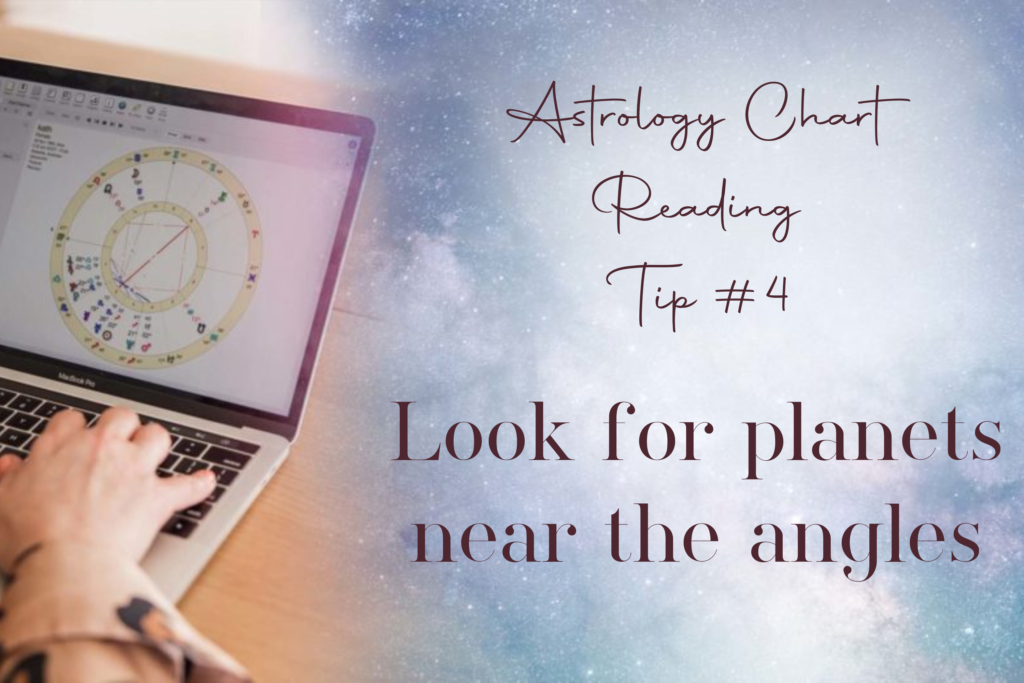
Planets near your 4 angles (IC, DC, MC, or AC) are going to be very significant in your chart and are worth closer analysis.
In my chart you’ll see that Neptune is very close to my IC angle, this brings an element of illusion or disillusionment to my ancestry and point of origin i.e. my family. I’m one of five children but never really feel like I fit in and my home life as a child felt precarious – my house literally burnt to the ground when I was 8 years old.
This placement is an indicator of the sensitive homebody and spiritual type, a person who likes to work at home to escape the realities of corporate life. –
Mars is also quite close (within 7 degrees) to my IC and in the 4th house of home and I’ve written in other blogs about how my home life as a child was rather like a battleground! There is a sense here of needing to escape with Neptune in Sagittarius.
Look for energy clusters

While some planets might be considered more important than others, you can also look for groups of planets in certain houses and signs. This will indicate that there is a lot happening in those areas.
For example, in my chart, I have a cluster or stellium of four planets in the first house with three of these in Libra. This means that the first house of identity plays a very dominant role in my chart as well as the archetype of Libra.
